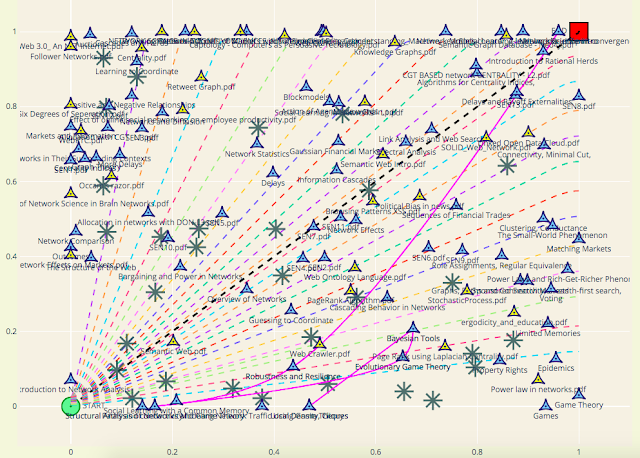Our sheaths and states of being
In the Ramayana, once Hanuman asks Lord Rama to suggest some reading material for him to learn about the Vedas. In response, Rama suggests to him just one Upanishad-- the Mandukya Upanishad . It is one of the shortest and most dense of the Upanishads, that is said to go directly to its teachings (unlike other Upanishads that take longer routes like story-telling and examples). If you cannot understand the Mandukya, Lord Rama tells Hanuman, then here is a list of 108 bigger Upanishads for you to read. ~*~*~*~* The Mandukya talks about our "3+1" states of being which is one of the most fundamental states that define our existence. In order to understand this, let us first look into the five-sheaths or the Panchakosha model of us. Our existence is said to be defined in five sheaths or koshas , which are as described below. The Annamaya kosha or the gross body, refers to our physical bodies, which subsist on food. The Pranamaya kosha or the "subtle body" refers t

